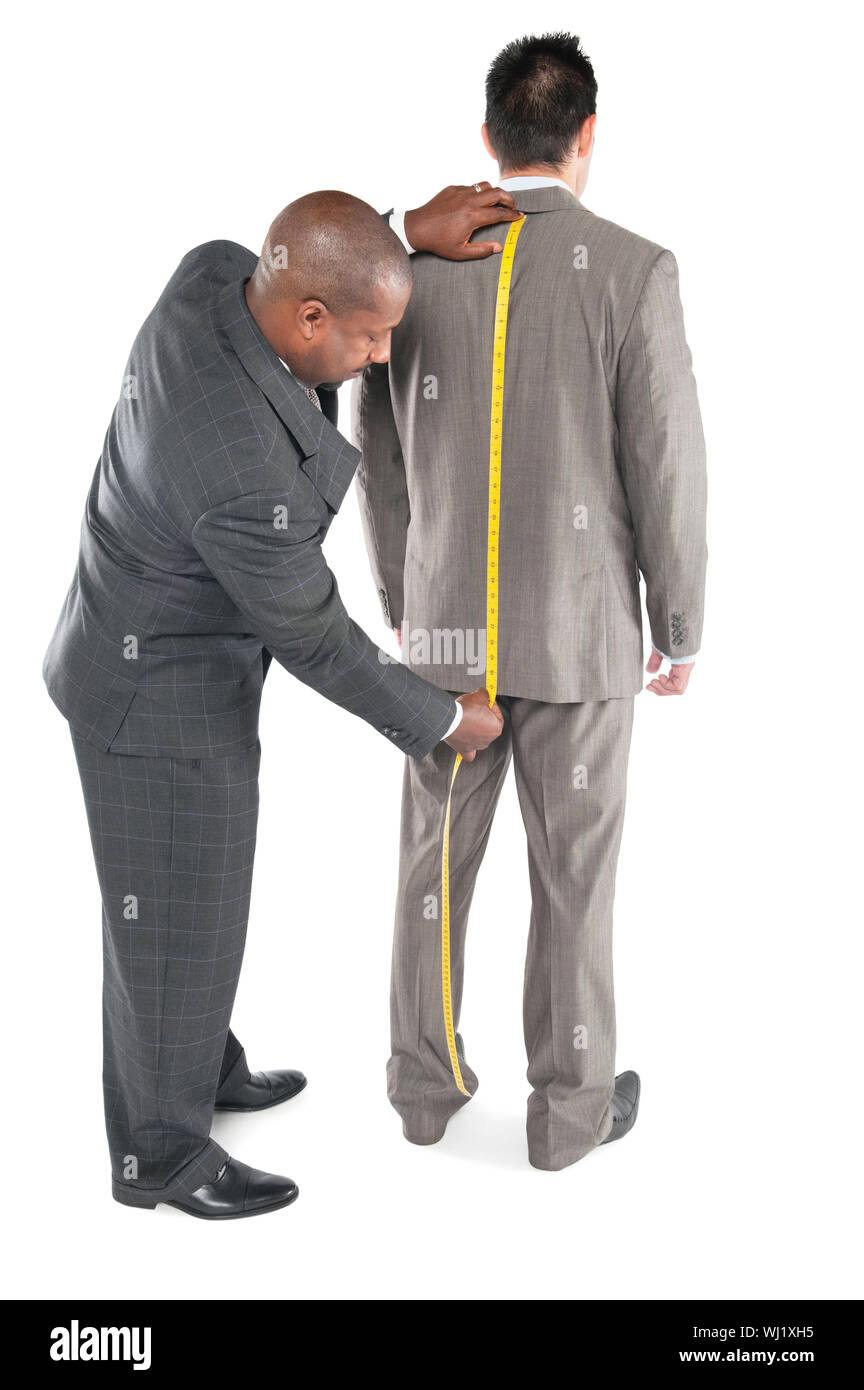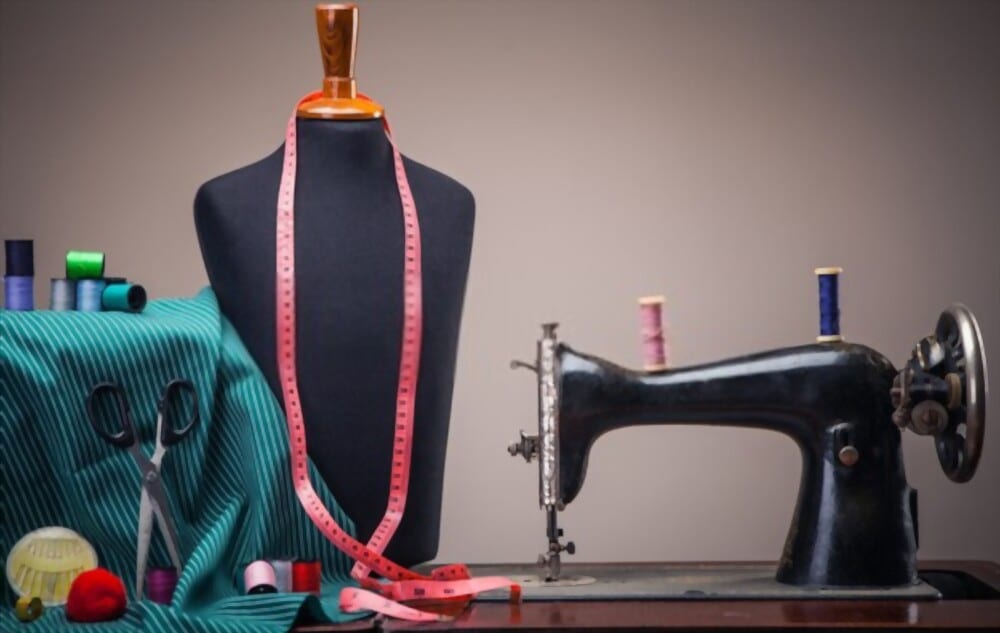Recognizing the Tailoring Process: From Fabric Option to Final Fitting for the Ideal Wardrobe
The tailoring process is a complex interaction of art and scientific research, starting with the vital decision of textile choice and finishing in the accurate adjustments of final installations. Each fabric kind brings one-of-a-kind top qualities that influence not just the aesthetic charm but also the garment's longevity and viability for numerous occasions. Recognizing the nuances of tailoring methods can boost one's closet to unmatched degrees of elegance. As we check out these components even more, one must consider just how also the smallest details can significantly impact the overall outcome of one's individual style.
Importance of Textile Selection
Choosing the ideal material is vital in the tailoring procedure, as it straight affects the comfort, toughness, and general aesthetic of the final garment (tailor perth). The selection of textile sets the foundation for the garment's functionality, design, and efficiency. Various materials have distinct properties, such as weight, stretch, and breathability, which can dramatically impact just how the garment drapes and fits the body
Moreover, textile choice impacts the garment's long life and simplicity of treatment. High-grade materials can withstand deterioration, maintaining their look and structure over time, while lower-quality materials might bring about pilling or fading. Furthermore, the right fabric contributes to the garment's capacity to transition throughout celebrations and seasons, consequently enhancing convenience.
A customized piece made from an appropriate textile not just showcases workmanship however likewise elevates the user's self-confidence. As a result, comprehending the nuances of textile option is extremely important for any kind of tailoring endeavor. It makes certain that the end product not only fulfills the visual wishes of the client yet likewise lines up with functional requirements, therefore accomplishing a harmonious equilibrium between form and feature in the tailored closet.
Sorts Of Fabrics and Their Uses
Understanding the numerous types of materials available is essential for making notified decisions throughout the tailoring procedure. Each material possesses unique characteristics that determine its viability for particular garments and occasions.
Cotton, understood for its breathability and soft qualities, is excellent for casual wear and summertime garments. Its versatility enables it to be tailored into whatever from t-shirts to outfits. Wool, on the other hand, is preferred for its heat and structure, making it an exceptional selection for formal fits and outerwear - tailor perth. Its all-natural elasticity assists garments keep shape with time.
Silk shows luxury and is lightweight, making it excellent for eveningwear and fragile blouses; nonetheless, it needs careful handling due to its fragility. Linen, with its textured finish, is a prominent option for cozy environments, giving a airy and crisp feel, however it wrinkles conveniently, which might impact the garment's look.
Synthetic materials, such as polyester and nylon, offer longevity and resistance to creases, making them appropriate for day-to-day wear and active apparel. Understanding these material kinds and their residential or commercial properties permits for much better decision-making, ensuring that each customized item not only fits well but additionally lines up with the desired function and celebration.
The Tailoring Methods Discussed
The art of tailoring depends on a variety of techniques that change textile into well-fitted garments. Central to this procedure is pattern composing, where a tailor develops themes based upon the customer's measurements and desired style. This initial step makes sure that the garment will certainly fit the user effectively prior to any type of cutting takes place.
When patterns are established, reducing methods enter into play. Accuracy is extremely important as errors can bring about misfitting garments. Tailors usually use different cutting approaches, such as single-layer reducing for elaborate designs and multiple-layer cutting for performance on typical patterns.
Basting is an additional crucial strategy, permitting tailors to briefly stitch material items with each other for an initial fitting. This method provides the opportunity to assess the drape and general shape prior to final sewing.
Seaming techniques, including flat-felled joints and French seams, enhance the garment's sturdiness and visual charm. Tailors also use techniques such as interfacing and extra padding to provide framework and shape to details areas, like shoulders and collars.
Finally, finishing methods, consisting of hemming and edge completing, ensure the garment's durability while providing a refined look. With each other, these techniques develop the backbone of reliable tailoring, leading to beautiful, tailor-made clothing.
Suitable Modifications and Considerations

Key considerations include the shoulder fit, which ought to neither sag neither limit motion, and the sleeve length, which must enable for comfortable arm activity while preserving a refined appearance. Furthermore, modifications at the waistline can improve the silhouette, with options to let out or absorb material as needed.
The surge of trousers is an additional critical variable; it ought to sit pleasantly above the hips without causing discomfort, enabling simplicity of activity. Hemming lengths for both trousers and skirts must reflect the user's favored design look here while appreciating proportions.

Keeping Your Tailored Attire
Appropriate upkeep of customized garments is essential to preserving their fit and appearance in time. To guarantee durability, routine cleaning is vital. Always comply with the treatment label directions, which might suggest dry cleaning for delicate fabrics or device washing for more durable materials. Avoid constant laundering, as this can put on down the textile and modify the garment's form.
Storage space is similarly essential; use cushioned wall mounts for coats and coats to preserve shoulder structure, and store trousers folded up neatly or hung to stop creasing. Protect garments from straight sunshine, which can fade shades and damage fibers.
Additionally, routine examinations for small repair services can avoid bigger problems. Check for loosened buttons, tearing joints, or indications of moth damages, attending to these problems promptly to preserve the garment's integrity.
Last but not least, think about seasonal rotation. Using tailored items in moderation permits fabrics to recuperate, extending their life-span. By executing these upkeep methods, you can ensure that your customized garments remain as excellent as the day you first used them, enhancing your excellent wardrobe for several years to come.
Verdict
The customizing procedure, incorporating fabric selection, proficient strategies, and specific fitting changes, plays a crucial role in creating garments that enhance both comfort and style. Understanding the importance of maintenance extends hop over to here the life of customized garments, strengthening their worth in a well-curated closet.
Selecting the ideal material is vital in the customizing process, as it directly influences the convenience, durability, and total visual of the last garment. The choice of material this sets the structure for the garment's design, performance, and performance. Various materials possess unique residential properties, such as stretch, breathability, and weight, which can considerably influence exactly how the garment drapes and fits the body.
The art of customizing depends on a variety of strategies that transform fabric right into well-fitted garments.The tailoring procedure, encompassing textile choice, experienced strategies, and specific suitable modifications, plays an essential duty in producing garments that boost both comfort and design.
Comments on “Change Your Appearance with Tailor Perth: Individualized Tailoring Services”